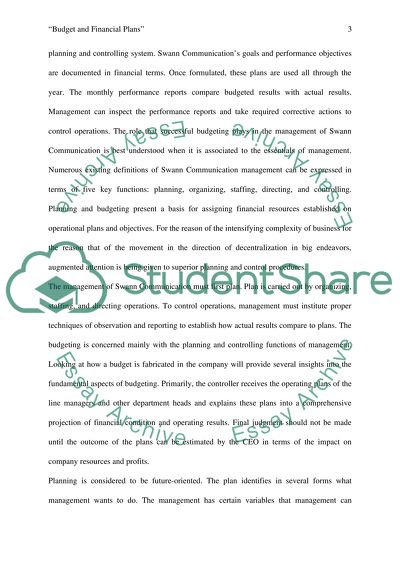Cite this document
(Managing Budgets and Financial Plans Term Paper, n.d.)
Managing Budgets and Financial Plans Term Paper. Retrieved from https://studentshare.org/finance-accounting/1510988-manage-budgets-and-financial-plans-essay
Managing Budgets and Financial Plans Term Paper. Retrieved from https://studentshare.org/finance-accounting/1510988-manage-budgets-and-financial-plans-essay
(Managing Budgets and Financial Plans Term Paper)
Managing Budgets and Financial Plans Term Paper. https://studentshare.org/finance-accounting/1510988-manage-budgets-and-financial-plans-essay.
Managing Budgets and Financial Plans Term Paper. https://studentshare.org/finance-accounting/1510988-manage-budgets-and-financial-plans-essay.
“Managing Budgets and Financial Plans Term Paper”, n.d. https://studentshare.org/finance-accounting/1510988-manage-budgets-and-financial-plans-essay.


